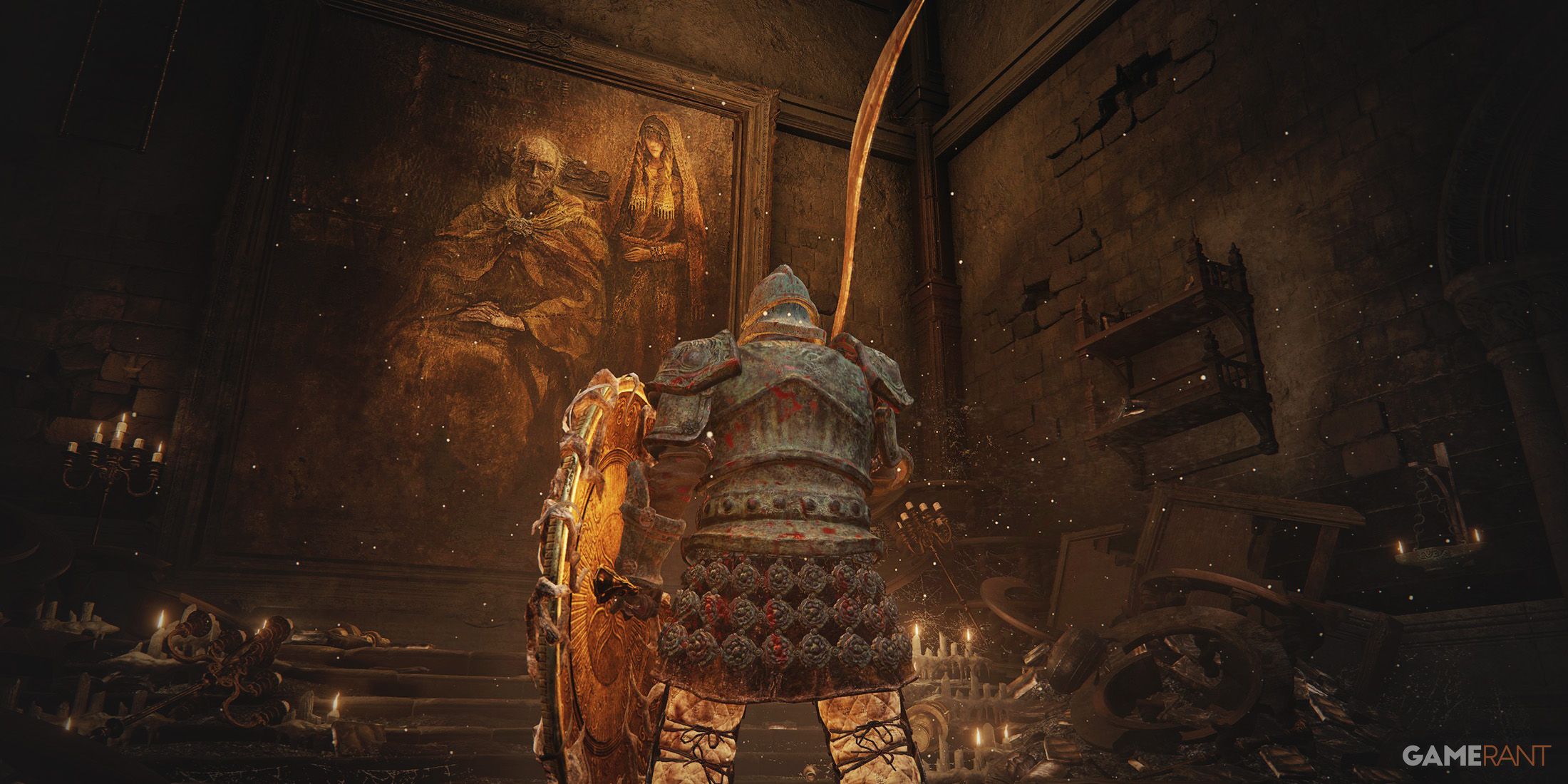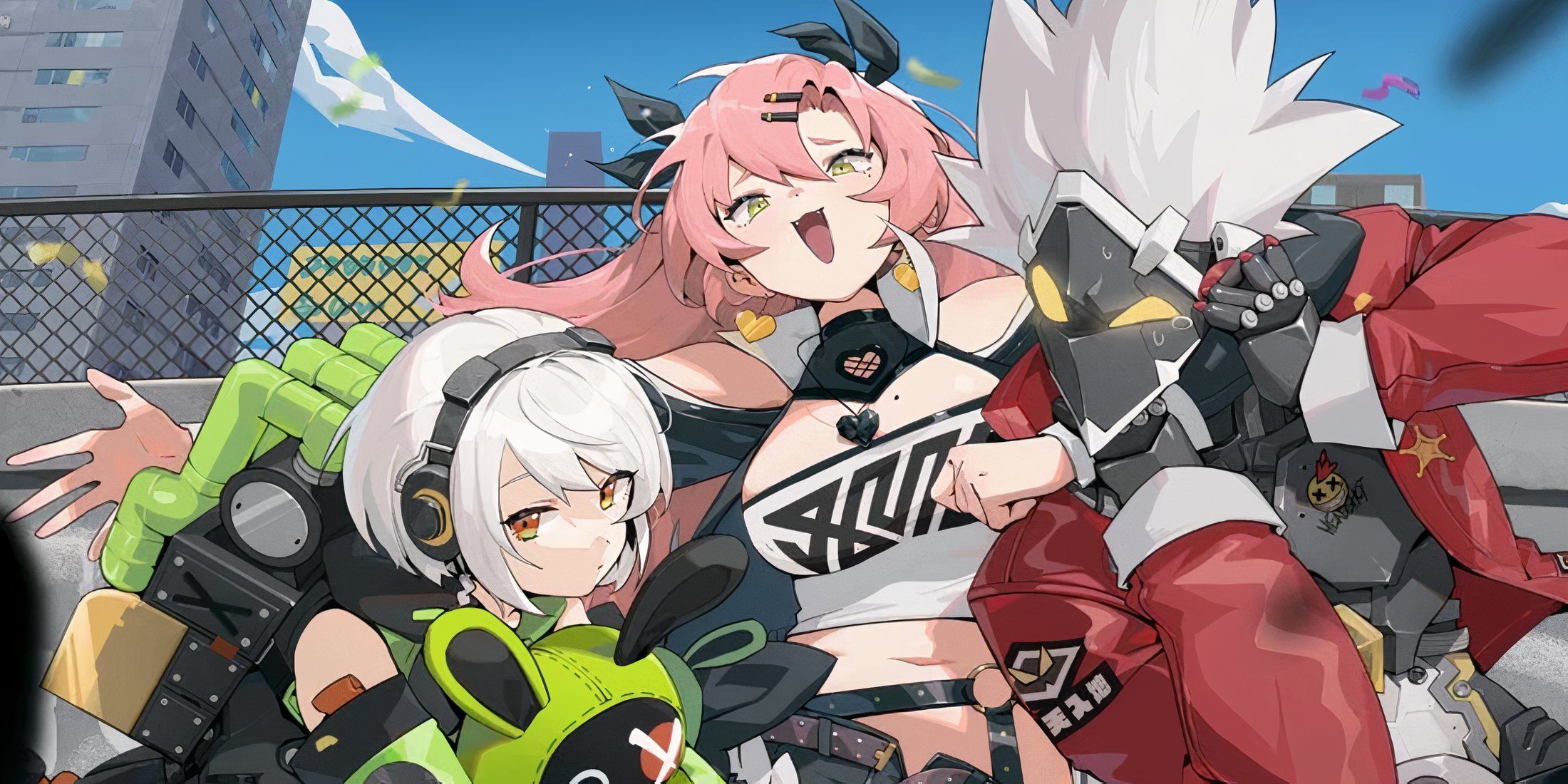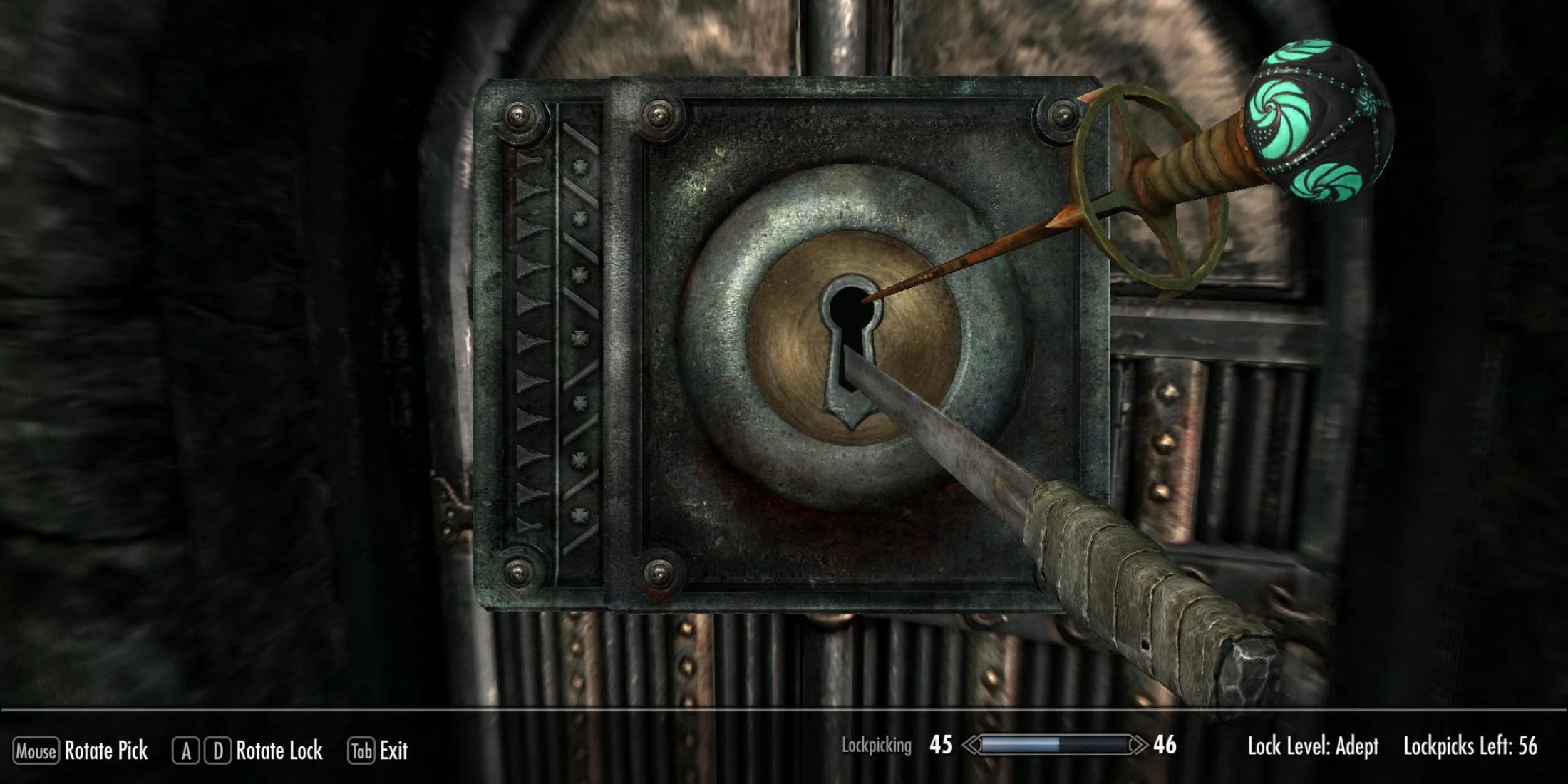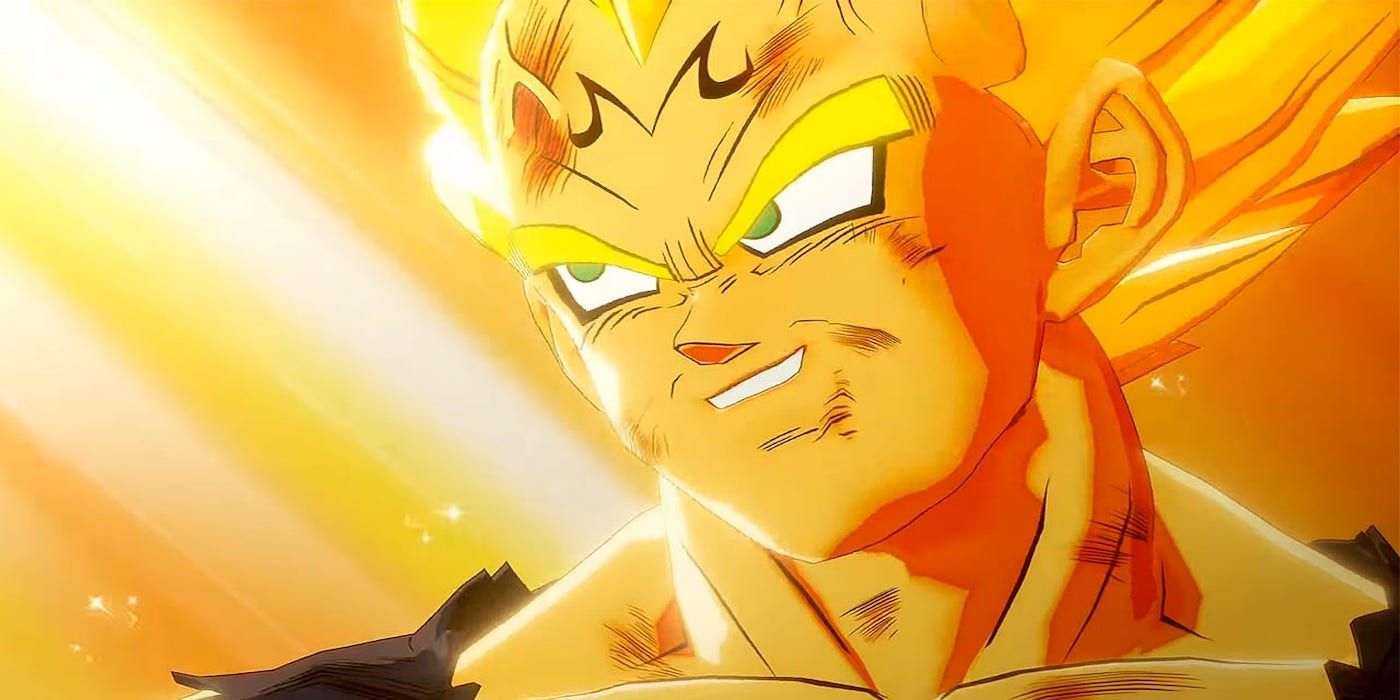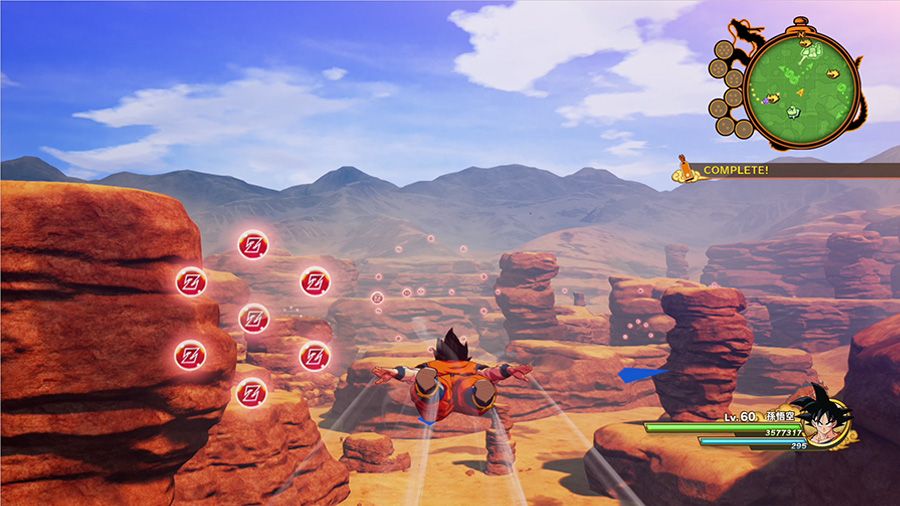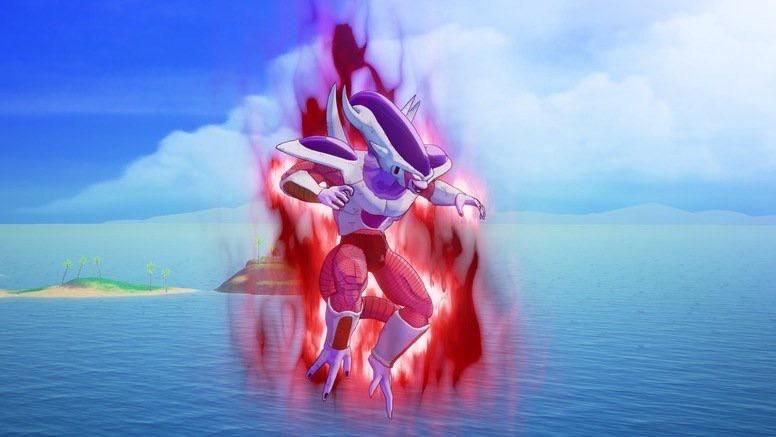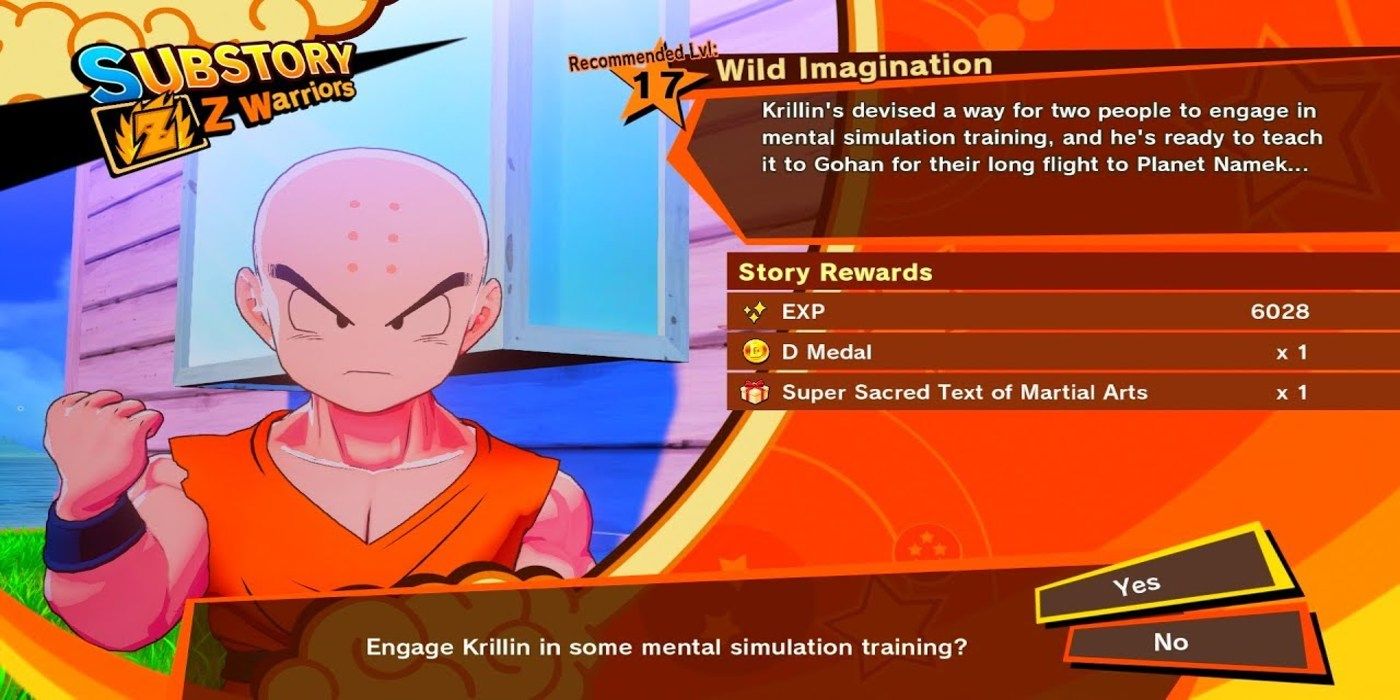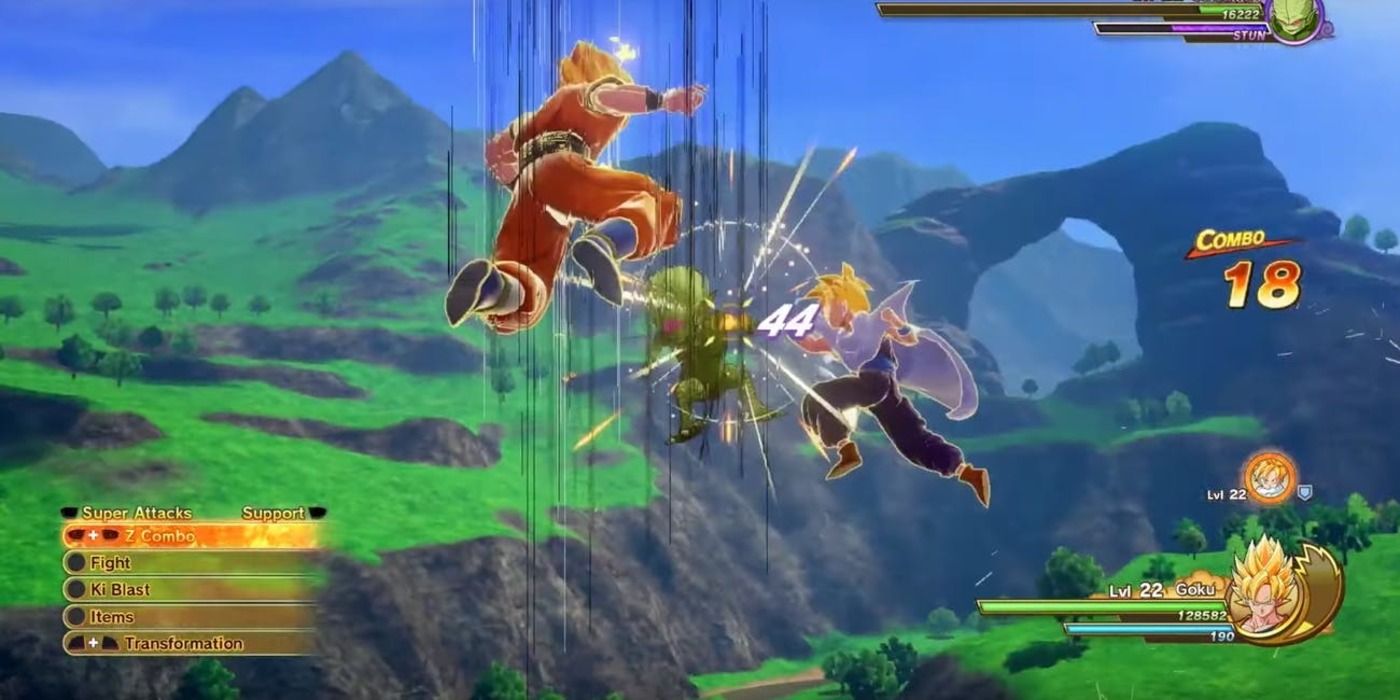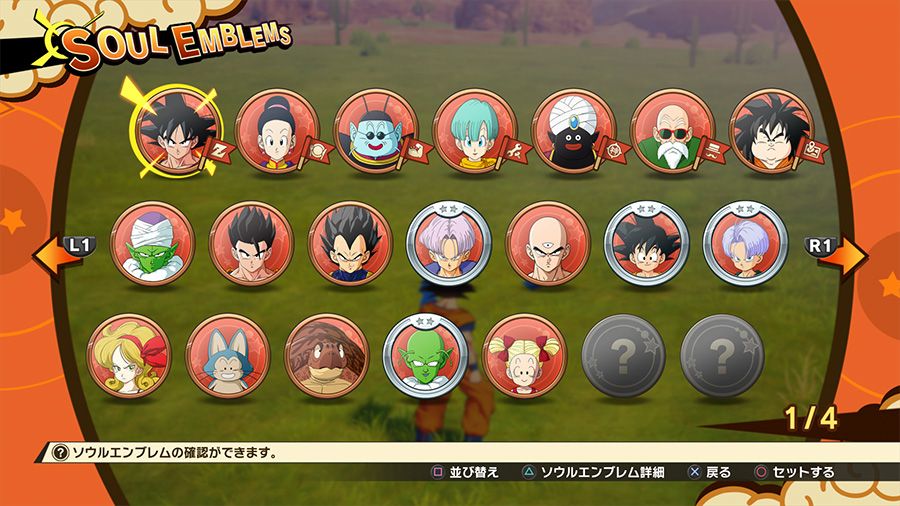The highly anticipated Dragon Ball Z: Kakarot is finally here, and players have wasted no time diving into all it has to offer. Between the lengthy story mode, numerous side quests, potential for developing certain characters, collecting Dragon Balls, and more, there is no shortage of things to do in this newest of Dragon Ball games, and thankfully everything is mostly intuitive. That said, there are a few mechanics which are either poorly explained or over exaggerated which unaware players may find themselves struggling to grasp or wasting their time on. It is best to avoid doing these things to get the most out Goku's adventure.
For those that don't know, Dragon Ball Z: Kakarot takes the tried and true Dragon Ball game formula and throws it out, instead creating something both entirely new and wonderful. The result is a beautiful, story-driven, action adventure RPG title which fans didn't know they needed until now. The game itself does a great job of explaining everything and is easy enough to pick up after a little practice, but there are certain activities which may lead to some players feeling like they've wasted a good deal of time on them. In order to capitalize on all that Dragon Ball Z: Kakarot has to offer, its best to avoid these common mistakes.
Collecting Z Orbs
Z Orbs are those little floating orbs found on the map as players fly around. They come in several colors (red, green, blue, rainbow, silver and gold), and are needed to upgrade or acquire new skills and techniques for Goku and other playable characters. While collecting these orbs on the field is certainly not a bad thing and can actually be a lot of fun for a while, players should definitely not stress about it. Simply playing through the story and most of the subquests will afford the player with more than enough Z Orbs than needed, and gathering them on the field should really be a supplement to this supply.
Fighting Villainous Enemies (Too Soon)
Throughout the world of Dragon Ball Z: Kakarot, there are numerous, powerful enemies with purple auras known as villainous enemies. These are variations of the standard foes players are used to, but are often much higher in level than their counterparts and the player, at least early on. The incentive to defeat these fiends include better rewards, trophies/achievements, and the like, but the game doesn't do a great job of setting the player's expectations. The first set of villainous enemies encountered are relatively easy to take on, and King Kai then prompts the player to seek them out and defeat them.
Should one do this so early, though, they will almost definitely end up at a game over screen, as these foes are incredibly overpowering early on. It is worth noting, though, that as the player gets to be higher level, differences in level between them and their foes starts to matter less and less. Early on, players should always be sure to use the ki sense to see what level these enemies are, and if that level is more than 10 levels above their own, its a safe bet that steering clear is the wiser option. It is best to wait until Dragon Ball Z: Kakarot's end game to take on enemies much higher level than the player.
Grinding Experience
Outside of the main battles, there are various roaming enemies that the player can face down such as the pirate robots on Earth or the Frieza Force soldiers on Namek. These enemies are usually very manageable, and when defeated will reward the player with both Z Orbs and experience. Many RPG players may be tempted to try and grind out experience on these foes in Dragon Ball Z: Kakarot, but to do so is mostly a waste of time. Characters tend to get large chunks of experience upon beating bosses, gaining power ups from the story (like when Grand Elder Guru unlocks Krillin and Gohan's potential), or between sagas, and the experience from random encounters pales in comparison to these boosts.
Mixing Up The Bumpers
This is unfortunately something that just takes time to get used to, but Dragon Ball Z: Kakarot's use of all four bumpers (or shoulder buttons) can easily throw off even experienced gamers. L1 (Left Bumper) brings up the super attack palette, while R1 (Right Bumper) opens the support character palette. L2 (Left Trigger) allows the player to block, and R2 (Right Trigger) is how the player can access consumable items. If it stopped here, it would likely be manageable, but there's more. Holding both L1 and R1 (Left and Right Bumpers) initiates a powerful team attack called a Z attack, while holding both L2 and R2 (Left and Right Triggers) lets the player go Super Saiyan by opening the transformation palette. This may seem simple, but when embroiled in high speed combat with evil emperors and androids, it can be a lot to keep track of, so keep an eye on it.
Not Using The Community Boards
Community Boards are a somewhat confusing and time consuming aspect of Dragon Ball Z: Kakarot, but they are important. Efficiently using the Community Boards and gifts can provide the player with valuable status boosts to help them in combat, financially, and more. Each community focuses on a different aspect of gameplay, and the player should focus on the aspects they enjoy or find most useful. For example, certain Soul Emblems like Puar may be better for the Cooking Community than the Z Warrior Community, but if placed next to Yamcha's Soul Emblem, both will receive a bonus. So the placement of Yamcha and Puar's Soul Emblems depends entirely on the player's prioritization of those two communities.
Dragon Ball Z: Kakarot can easily be enjoyed whether these tips are observed or not, and that is one of the many beauties of the game. It is certainly challenging (especially Dragon Ball Z: Kakarot's secret boss), but not to the point where players must adhere to certain metas, min-max their builds, or manage their time super closely. Rather these are simply suggestions which may help some players do better at the game faster and enjoy the time they spend with it to a greater degree. Ultimately, though, it is up to each player to play Dragon Ball Z: Kakarot in a way they most enjoy.
Dragon Ball Z: Kakarot is out now for PC, PS4, and Xbox One.

